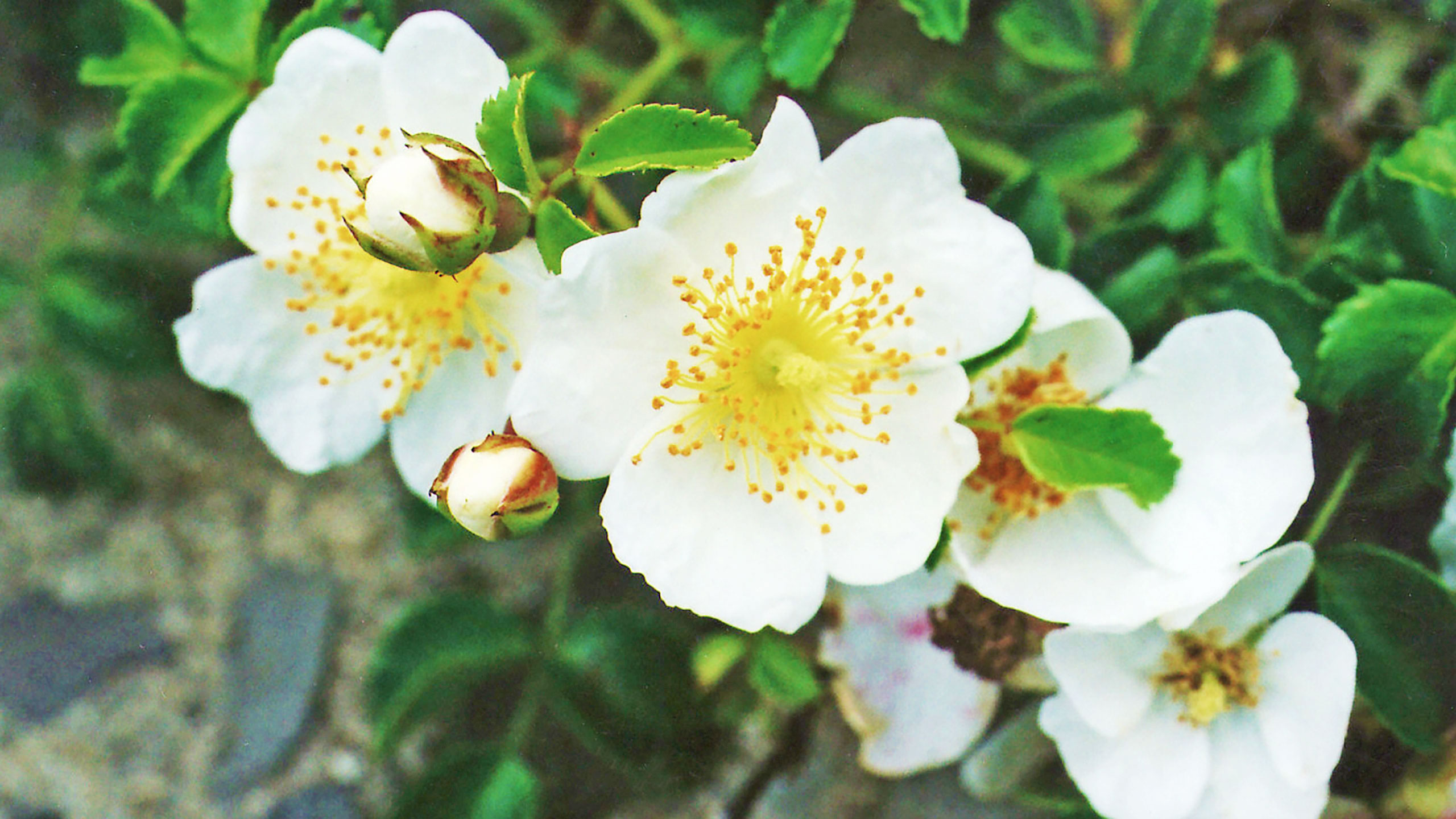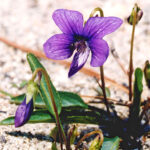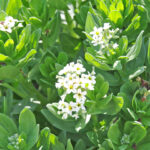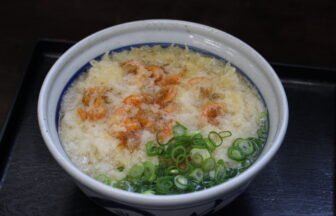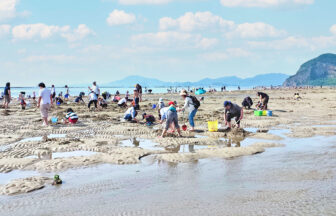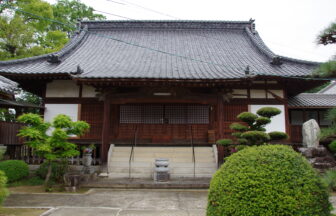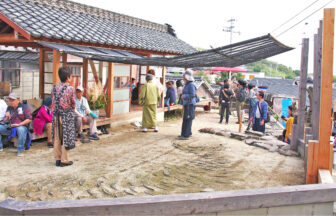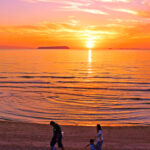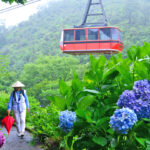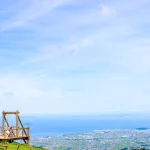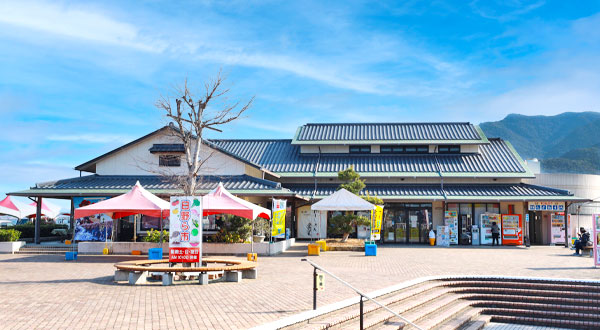Beach plant refers to a plant that blooms on the beach.
Ariake Beach is home to many beach plants that change with the seasons. It is good to walk along the beach just looking at them, but it is also recommended to look for them while comparing them with photos.
Here we introduce beach plants that are scheduled to bloom in spring and summer.
*Some of the beach plants listed may not be in bloom due to seasonal changes.
- Glehnia littoralis
Apiaceae:May
It produces many small white flowers at the top of the stem. The leaves are thick and glossy on the surface, and the fruits ripen in a variable manner. It is one of the representative beach plants of Ariake Beach.
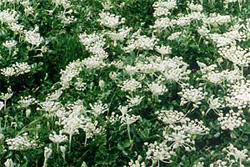
- Carex fibrillosa
Cyperaceae:April – July
A small perennial herb. It grows in bunches and produces stumps, but not in very large clumps. Stems and leaves are tough and hardy. It grows by underground stems.
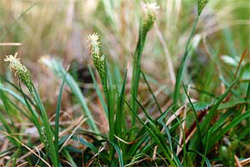
- Saposhnikovia divaricata
Apiaceae:Late May – June
An evergreen 3-year herb that grows in sunny coastal areas. The grass is about 1 m tall. It produces double-dispersed inflorescences at the ends of its branches and bears many small white flowers.
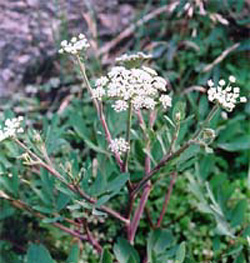
- Heliotropium japonicum
Boraginaceae:May-June
Both leaves and stems are covered with soft hairs. On Ariake Beach, clumps can be seen near the shoreline, but it is sensitive to environmental changes and is gradually disappearing from areas with high human traffic.
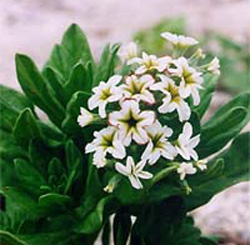
- Calystegia soldanella
Convolvulaceae:May-June
A perennial herb that grows in sandy coastal areas. The white underground stem grows long in the sand. The surface stems lie on the sand and coil up if there is a suitable object. The corolla is rostrate and pale red in color.
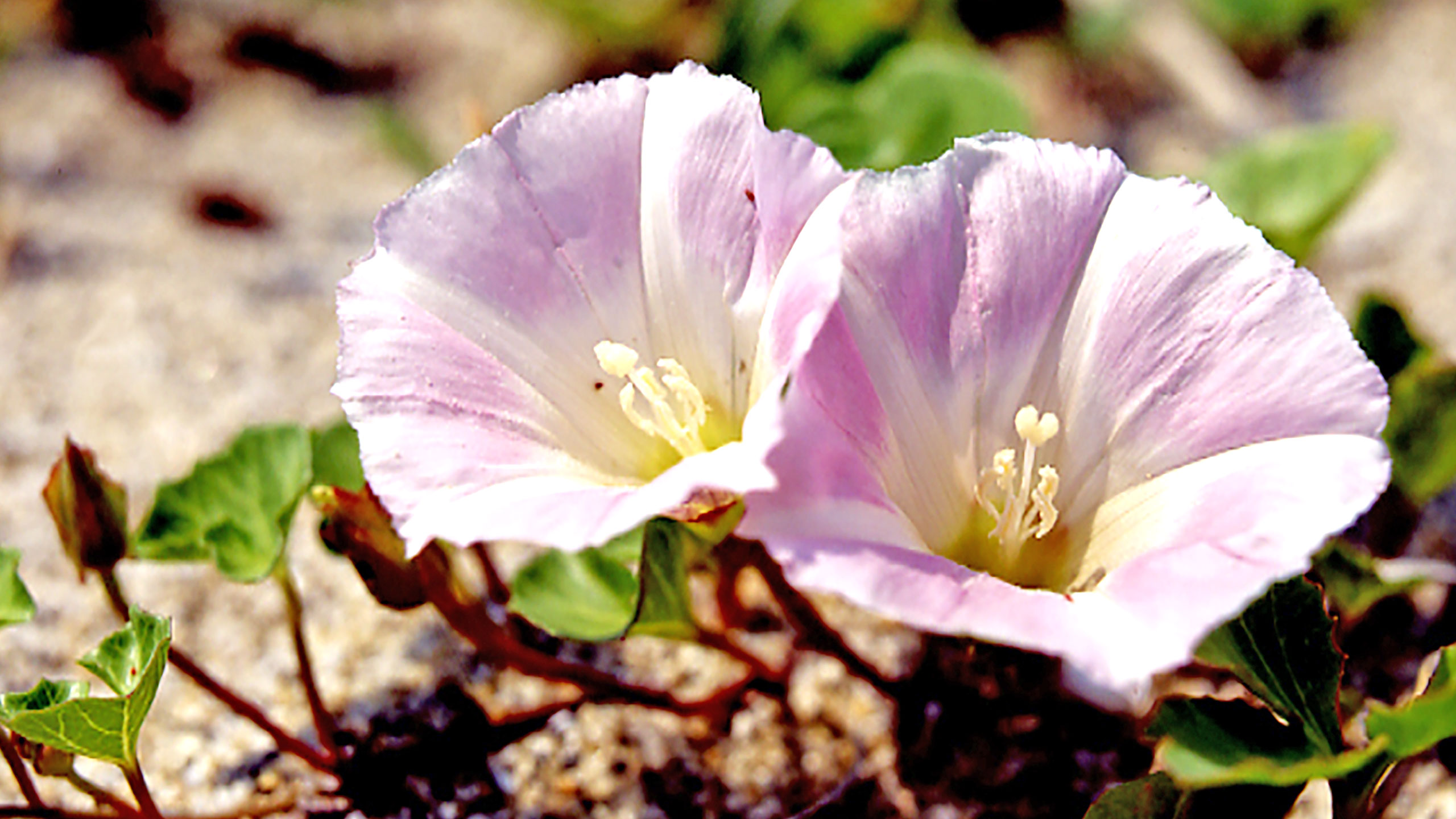
- Lysimachia mauritiana
Primulaceae:May-June
The white flowers are produced in gross inflorescences at the end of the stem. Stems are cylindrical, often reddish, and leaves are thick and shiny. Commonly found on cliffs and stony beaches.
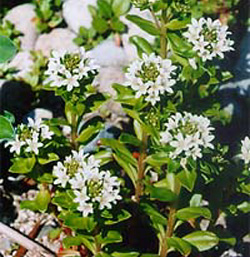
- Silene gallica L. var. quinquevulnera
Caryophyllaceae:May-June
An annual herb with white petals and large red spots, native to Europe. It was introduced as an ornamental at the end of the Edo period (1603-1867) and later became wild.
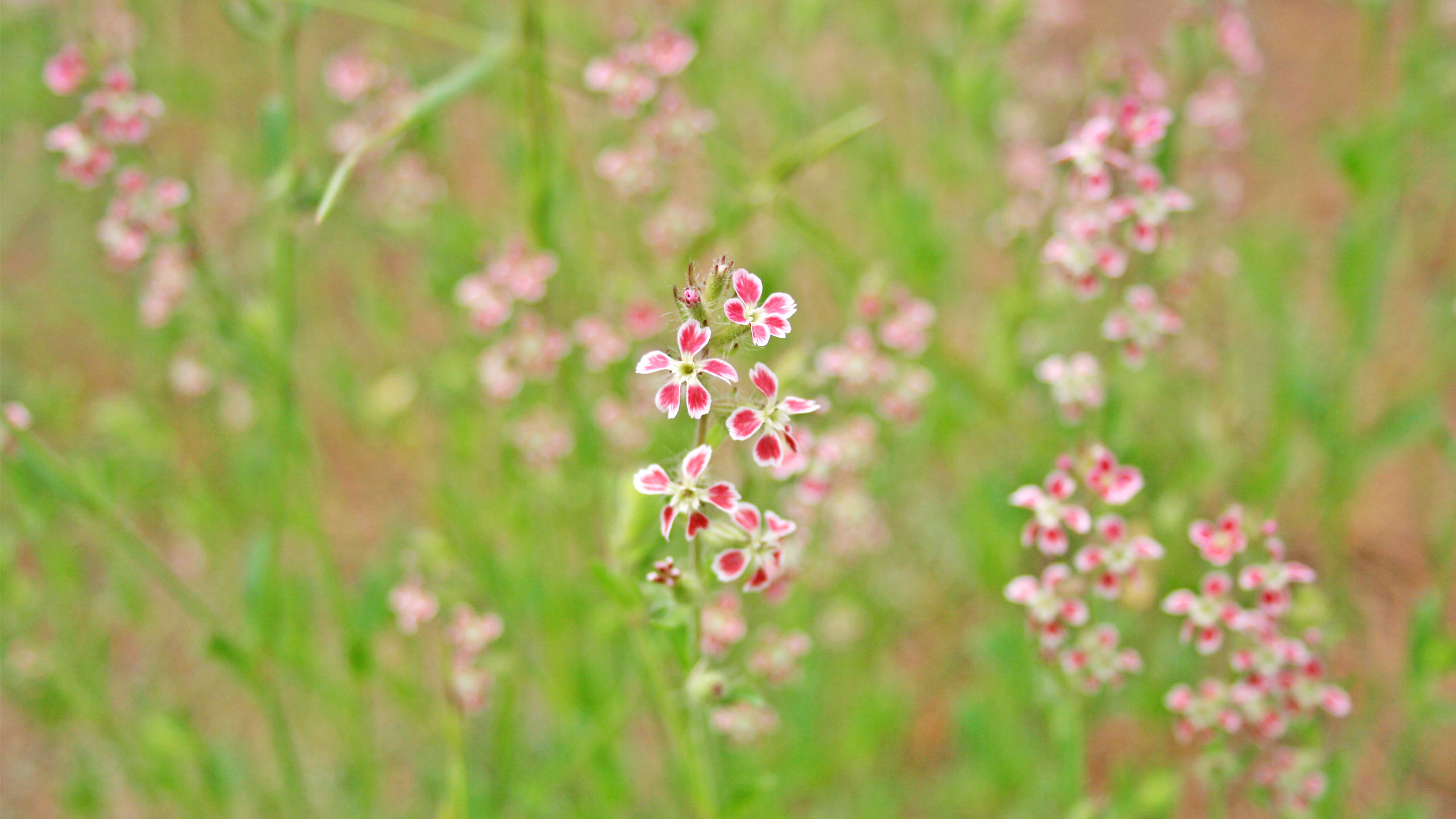
Native habitat of beach plants
| map |
|---|

